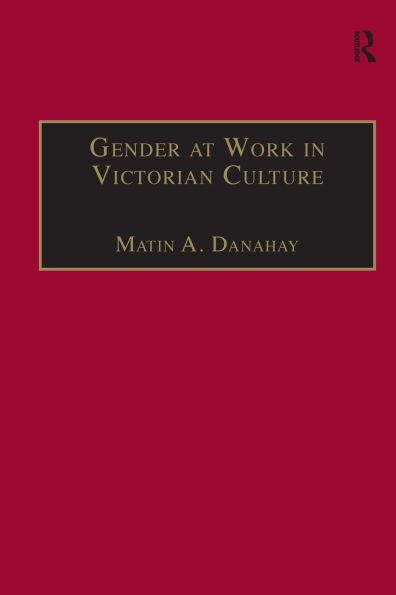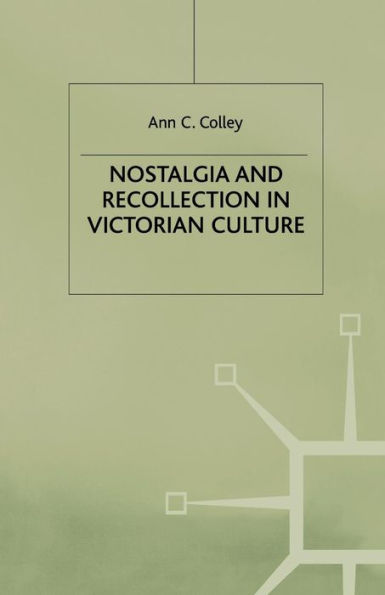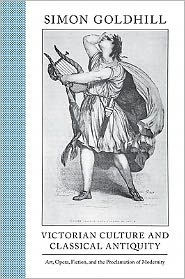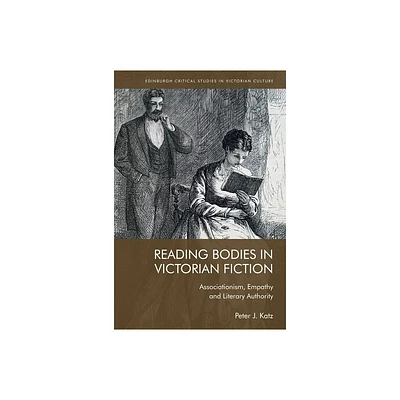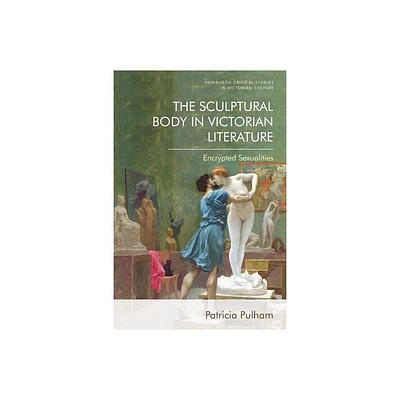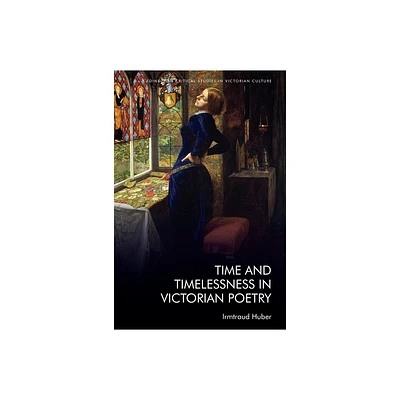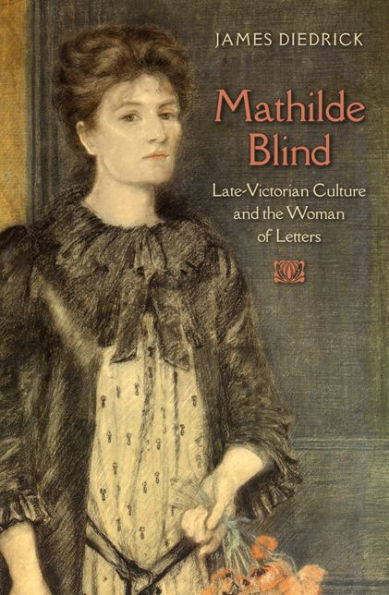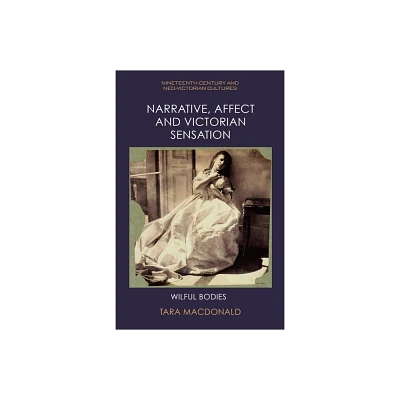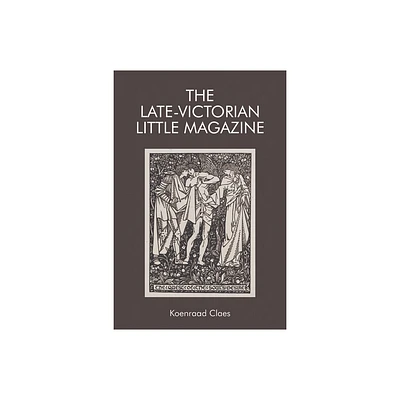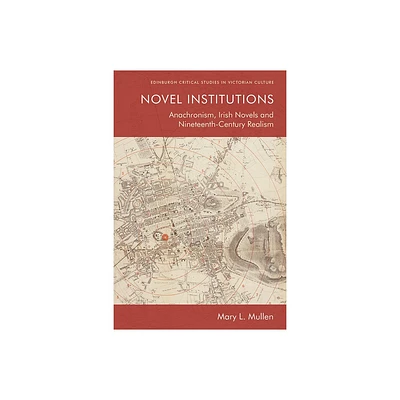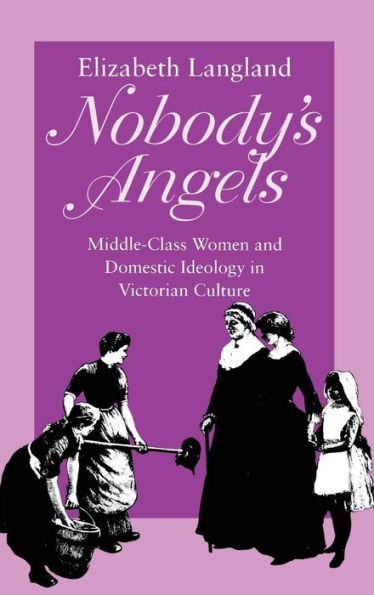Home
Algebraic Art: Mathematical Formalism and Victorian Culture
Loading Inventory...
Barnes and Noble
Algebraic Art: Mathematical Formalism and Victorian Culture
Current price: $85.00
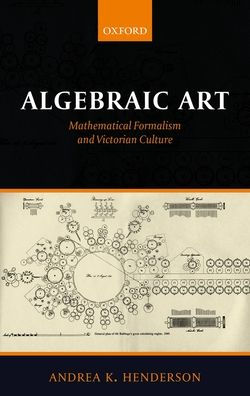

Barnes and Noble
Algebraic Art: Mathematical Formalism and Victorian Culture
Current price: $85.00
Loading Inventory...
Size: Hardcover
*Product Information may vary - to confirm product availability, pricing, and additional information please contact Barnes and Noble
Algebraic Art
explores the invention of a peculiarly Victorian account of the nature and value of aesthetic form, and it traces that account to a surprising source: mathematics. The nineteenth century was a moment of extraordinary mathematical innovation, witnessing the development of non-Euclidean geometry, the revaluation of symbolic algebra, and the importation of mathematical language into philosophy. All these innovations sprang from a reconception of mathematics as a formal rather than a referential practiceas a means for describing relationships rather than quantities. For Victorian mathematicians, the value of a claim lay not in its capacity to describe the world but its internal coherence. This concern with formal structure produced a striking convergence between mathematics and aesthetics: geometers wrote fables, logicians reconceived symbolism, and physicists described reality as consisting of beautiful patterns.
Artists, meanwhile, drawing upon the cultural prestige of mathematics, conceived their work as a 'science' of form, whether as lines in a painting, twinned characters in a novel, or wavelike stress patterns in a poem. Avant-garde photographs and paintings, fantastical novels like
Flatland
and Lewis Carroll's children's books, and experimental poetry by Swinburne, Rossetti, and Patmore created worlds governed by a rigorous internal logic even as they were pointedly unconcerned with reference or realist protocols.
shows that works we tend to regard as outliers to mainstream Victorian culture were expressions of a mathematical formalism that was central to Victorian knowledge production and that continues to shape our understanding of the significance of form.
explores the invention of a peculiarly Victorian account of the nature and value of aesthetic form, and it traces that account to a surprising source: mathematics. The nineteenth century was a moment of extraordinary mathematical innovation, witnessing the development of non-Euclidean geometry, the revaluation of symbolic algebra, and the importation of mathematical language into philosophy. All these innovations sprang from a reconception of mathematics as a formal rather than a referential practiceas a means for describing relationships rather than quantities. For Victorian mathematicians, the value of a claim lay not in its capacity to describe the world but its internal coherence. This concern with formal structure produced a striking convergence between mathematics and aesthetics: geometers wrote fables, logicians reconceived symbolism, and physicists described reality as consisting of beautiful patterns.
Artists, meanwhile, drawing upon the cultural prestige of mathematics, conceived their work as a 'science' of form, whether as lines in a painting, twinned characters in a novel, or wavelike stress patterns in a poem. Avant-garde photographs and paintings, fantastical novels like
Flatland
and Lewis Carroll's children's books, and experimental poetry by Swinburne, Rossetti, and Patmore created worlds governed by a rigorous internal logic even as they were pointedly unconcerned with reference or realist protocols.
shows that works we tend to regard as outliers to mainstream Victorian culture were expressions of a mathematical formalism that was central to Victorian knowledge production and that continues to shape our understanding of the significance of form.
